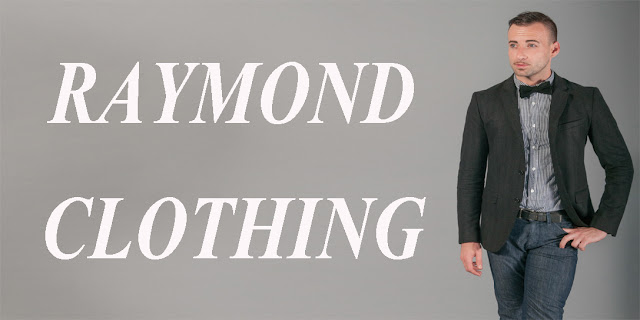Well
this is the most common question for all those who want better quality goods
which lasts long.When it
comes to staying ahead in style, Raymond fabrics definitely play a significant role.
With different types of Raymond fabrics i.e. polyester, poly blend, cotton,
cotton blend, linen, rayon & wool, etc. Raymond fabrics become primarily necessary to
understand & identify one fabric from the other, especially if you want to
make your presence on the occasion a lasting one.
Some Tips
to Identify Original Raymond Cloth.
Cotton Fabric
1. A
small drop of water on a cotton fabric would generally remain whole before it
sinks down.
2. Drop
oil or glycerine on the fabric. If it is cotton, it would remain non-transparent.
3. An unraveled
cotton thread would be fuzzy and short along with lacking lustier.
Linen
1.
A small water drop on linen would absorb & spread quite quickly.
2. Dropping
oil would make linen transparent if you hold it up to the light.
3. Unraveled
linen thread fibers are generally longer and have lustier as compared to
cotton.
4. An
ink drop would generally expand evenly, in
fact rapidly, if the fabric is pure linen. If it’s combined with cotton, it
would spread unevenly.
Wool
1. Caustic
soda is the key to identifying wool. Using caustic soda on wool would make the
fabric diffuse while leaving a typical blend.
2. An unraveled
wool thread would be generally hairy as well as springy.
Silk
An unraveled the thread of silk would appear more lustrous than cotton and even wool.
Rayon
1. When
rayon fabrics tend to dry quite slowly as compared to the other remaining
fabrics.
2.
A raveled rayon thread is generally lustrous, slippery and lastly, quite cool
than the other fibers.
3. If
you scratch with your nails, rayon threads would slip and would separate quite
easier than the other fabrics.
4. When
rayon fibers start aging, they remain bright white. But, natural fabrics tend
to turn yellowish.





















































